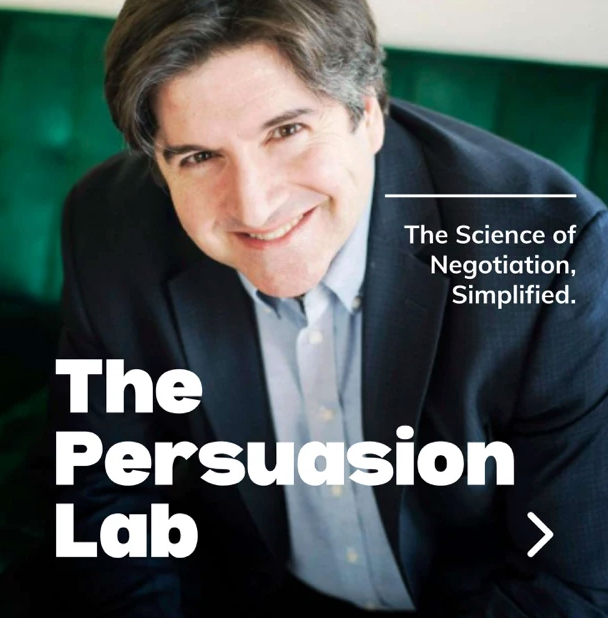Welp Magazine, an up and coming UK based business and strategy magazine has compiled a list of their Top 20 Best Design Research Podcast of 2021, among which is The Persuasion Lab Podcast!
It may seem an odd selection, as design research is largely focused on understanding not only user psychology (What design will enhance user experience? How do people approach a new software or app? What’s most useful for product XYZ? etc), but also the surrounding context of the user in question (When/Where would they use product XYZ? With whom, if anyone? How does the group dynamic affect likelihood of use? What’s currently available in the market? etc…).
Whereas scientific research focuses on proving/disproving a hypothesis with carefully designed experimentation and observation, design research is based on the combined art of observation and conversation. Paying attention to as many aspects of the context as possible, the verbals and non-verbals of the user in question, and asking careful questions to fully and accurately understand their motivations, needs/pain points, and desires/wants.
Paying attention to all of these aspects lets the designer know the key components required for an optimal user experience (aka UX).
There are a few clear areas of crossover between expert negotiation and artful design research:
Strategy.
You have to do your homework.
In the world of design research this boils down to questions like: What already exists? Where are the gaps in the market I serve? What are people saying about what already exists? How can you improve upon already available products? What kinds of workarounds are people already using with what they have available? What questions do you need to ask of actual users?
In the context of negotiation, it boils down to questions like: What gaps does the other side have that I can fill, and vice versa? What are they saying about the solution they already have? How can I improve upon our relationship? What kinds of workarounds are they already using that I can help make easier? What questions do I need to ask to fill the gaps in my understanding?
Collaboration.
The most durable deals, products, and services are those that enfranchise participants and users. Maintaining an approach based in curiosity and open ended questions is the way to build an atmosphere of collaboration.
At some point, you’ve just got to launch that product XYZ. With more feedback from users, the product becomes a collaboration, as it continues to grow and evolve.
Keep questions like “How can we solve this problem?” and “What would make this better for you?” at the forefront for a maximally collaborative experience, whatever context you happen to be in.
Listening.
Even if you’re asking the right questions, if you don’t pay attention to the answers, you’re not going to hit your goals or get your needs met. Of course, listen to the words you get back, but also key into the non-verbals like tone, posture, and facial expression.
Pay attention to what’s posted on social media, news articles. What’s written in emails?
Put your own assumptions aside and learn to read between the lines to glean important and useable information.
Effective negotiation provides a framework to strategically understand the target audience or user. In asking the right questions to get their needs met, you’ll be able to get your needs met.
We’re happy to have The Persuasion Lab Podcast featured in the 20 Best Design Research Podcasts of 2021 among the likes of MIT Comparative Media Studies/Writing, The Nielsen Norman Group UX Podcast, and more!
The better able you are to improve your understanding of your counterpart via thoughtful questions, the more effective you’ll ultimately be!

